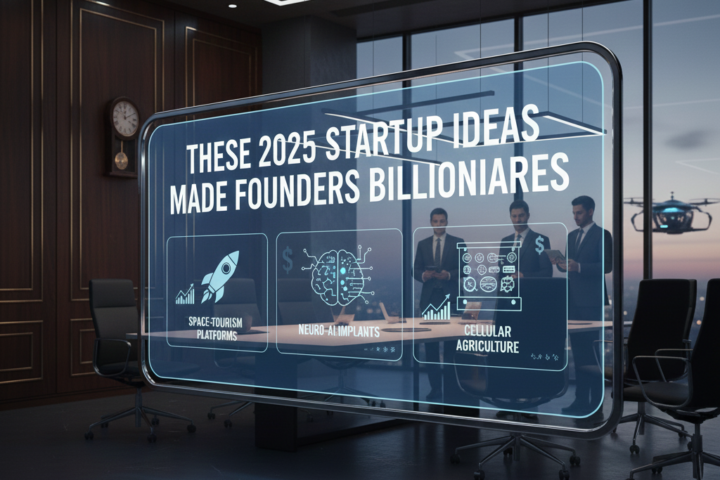Leaders of the learning and development department have responsibilities that cannot be overlooked. These responsibilities are needed to build excellent training for the workforce.
You can have great strategic planning in place, which might include establishing corporate goals, adopting learning technologies, and managing resources to construct training programs. But without learners’ engagement, you won’t meet your training objectives.
While there is no one-size-fits-all strategy for successful engagement, there are a few tactics that can help your learning and development department capture the attention of learners in your formal training. These are:
- Microlearning
- Learning Culture
- Accessible opportunities
- Engaging Content
- Reinforcement plan
- Needs-focused approach
- Individualise programming
Let’s dive a little deeper into each part to better grasp what it means.
1. Microlearning
Microlearning is a near-perfect instructional paradigm in this day of hectic schedules and attention spans. It can be utilized for many types of training. You can develop a course with several lessons in an hour utilizing microlearning. This enables you to be more proactive respond to ever-shifting company objectives and new mandatory training needs as quickly as possible. It is fairly flexible and is cheaper to produce. Microlearning is also well suited to the modern era when everyone has a smartphone and many people have a lot of free time, like long commutes to the workplace.
- Microlearning is done in small bursts of time.
- Individual sessions need very little effort.
- Simple and/or limited topics are covered.
2. Learning Culture
If you’re choosing one strategy to go all-in on, it should be the learning culture. Employee involvement in all kinds of learning and development, whether on the job, social, or formal, is based on defining, developing, and supporting a learning culture. According to research, a good learning culture has a major impact on a company.
What is a learning culture? All levels of leadership must buy in and support development. Beyond buy-in, there are several strategies to integrate continuous learning into business culture. To begin, consider the following high-impact strategies:
- Formalize learning
To build structure about what learning seems like across the organization and for each employee, develop learning routes, create training or development plans, or set learning targets.
- Celebrate learning
Employees who learn new skills or excel at achieving results on challenging tasks should be rewarded. Internal instructors and mentors who help others progress should be praised.
- Hire for Compatibility
Not every employee wants to be a self-proclaimed lifelong learner. Instead, look for applicants that are curious and have a growth mentality.
3. Accessible opportunities
Learning opportunities should be accessible to cut any inefficiency. All employees should know where and how to receive training. No matter whether it is –
– Integrated with a learning management system
– Placed on a business calendar or intranet
– Kept in a shared folder
Apart from logistics, the data itself should be presented. You can use a range of adult theories of learning to build a variety of strategies so that there is something for everyone.
Different learners have various preferences for engaging with content. Thus, providing a choice of options is essential. Some people, for example, prefer online training to in-person classes, while some prefer speaking in front of a group to engaging in a group chat. Make sure you are making every learning opportunity accessible to different learners.
4. Engaging content
This one seems self-evident, but what exactly does “engaging content” imply? Begin with imagination, and make the program engaging. Ensure that major topics are communicated.
Additionally, games, art, audience polls, role-play, storytelling, and other creative, interactive learning experiences can prove to be engaging, while they meet the learning goals.
Begin by educating individuals about what they will be learning. Then teach it to them, and along the way, check for understanding.
5. Reinforcement plan
End the session with a reflection activity strategy that helps learners get a much clear understanding of concepts. How do they intend to use what they learned on the job in the coming week or in certain situations?
Mentor training groups can also be a good approach. It helps to keep the learning going after a program is finished. Small groups can be assigned by facilitators. Discussion guidelines can be provided to encourage learners. It helps them to continue the conversation after the session has ended.
The lessons are taught in a formal environment. This helps employees brush up their memory even more through continued discussion and group accountability.
6. Needs-focused approach
Although this plan is at the bottom of the list, it should be the starting point for Learning & Development activities.
To ensure consistency of both learning and development, first, determine the skills and demands of your learners as well as the company goals.
When it comes to upskilling staff, keep in mind both immediate needs and long-term trends of the organization.
It’s good to focus on management training. It helps team members during a moment of significant organizational growth. But don’t forget to consult with the leadership team about future skills needs and requirements. These skills aid an ever-changing organizational strategy.
7. Individualised programming
To recruit, train, or up-skill the employees, most companies use standard, one-size-fits-all training courses and this is a problem. Individual talents, shortcomings, and learning abilities are not identified by standard training programs. This can result in a limited and uninteresting training experience.
For example, if a trainee is required to undergo significant training on a subject that they have already mastered, he will not see the value in finishing their coursework.
You can change each learner’s experience by employing adaptive learning:
- Choosing a presentation format for content
- Changing the difficulty level
- Observing and evaluating learners’ actions and test results
- Changing the program’s pace for each learner
You can ensure that your content is delivered in the most efficient way possible. Also, ensure your learners are engaged in the learning process by individualizing your learners’ programs with different approaches.
Conclusion
These seven strategies provide a foundation for engaging employees in informal learning programs. Each firm is unique, and successful engagement strategies need to be altered over time as a company’s workforce grows or its needs change. Keep in mind that learner engagement is a journey, so be flexible and listen to your employees.
Design an online course that engages your employees by adopting the strategies mentioned above. They will ensure that your training efforts are not wasted. Satisfied, inspired, and engaged learners will result from interactive and tailored courses.









